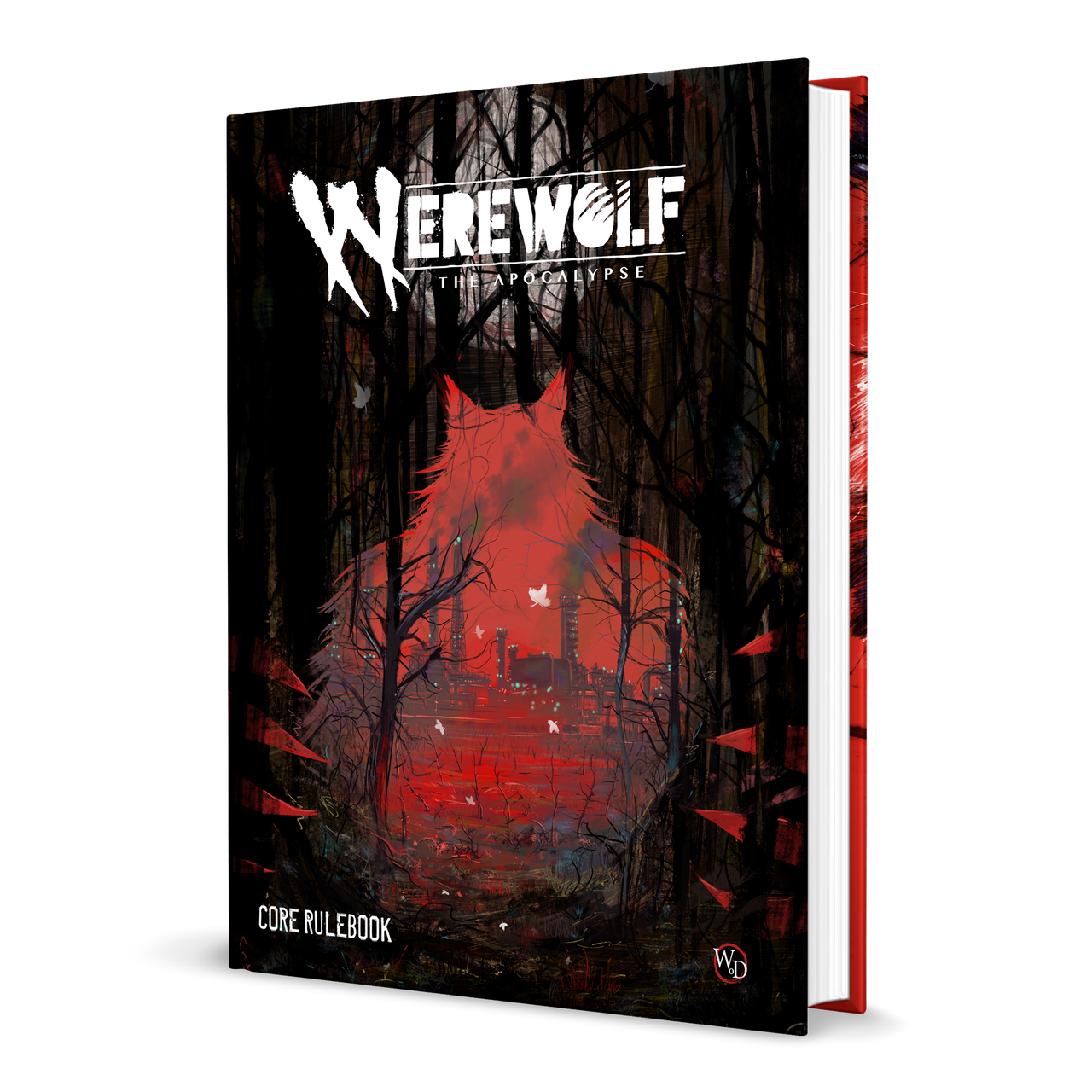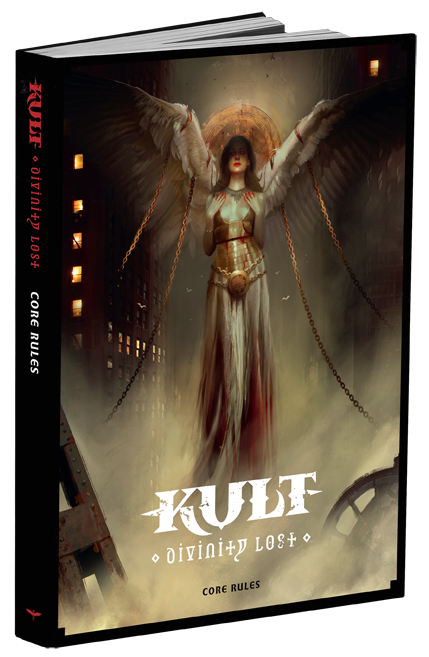Vampire: The Masquerade Dark Fantasy; Gothic; Dark; Narrative-Driven; Social Intrigue; Character Customization; Tactical Combat
Vampire: The Masquerade is a tabletop roleplaying game set in a gothic-punk version of the modern world, where players assume the roles of vampires navigating complex social and political landscapes while battling their inner demons. The game distinguishes itself through its focus on narrative-driven gameplay, intricate character customization, and exploration of mature themes like morality and the human condition. This report examines the game's core elements, including its themes, mechanics, unique features, target audience, and player experience.
Theme and Setting
Vampire: The Masquerade (VtM) plunges players into the World of Darkness, a dark reflection of our own. The setting is decidedly gothic-punk, emphasizing personal horror and social intrigue. Vampires, known as Kindred or Cainites, exist in the shadows, concealing their presence from humanity â a practice known as The Masquerade. The game explores themes of morality, the struggle against one's inner beast (the Beast), and the search for meaning in an immortal existence. Power, belief and religion also form key parts of the underlying experience.
Core Mechanics and Rules
VtM utilizes the Storyteller System, which revolves around rolling ten-sided dice. Players combine relevant attributes and skills, rolling a number of dice equal to the total. Success is determined by the number of dice that meet or exceed a target number, typically 6. The game incorporates unique mechanics to simulate the vampiric condition, such as the Blood Pool, which represents the amount of vitae (vampiric blood) a character possesses and can expend to fuel powers called Disciplines. A central mechanic is the Humanity score, reflecting a vampire's connection to their human nature. As Humanity decreases, the vampire becomes more susceptible to the Beast, leading to potential loss of control. The resolution mechanic also utilises a hunger mechanic, increasing immersion by integrating the constant need to feed into skill checks.
What Makes It Unique
Several elements distinguish Vampire: The Masquerade from other tabletop RPGs:
- Focus on Narrative: VtM prioritizes storytelling and character development over traditional dungeon-crawling combat. Players are encouraged to engage in social interactions, political maneuvering, and personal dramas.
- Moral Ambiguity: The game explores complex moral issues, forcing players to confront the consequences of their actions as vampires. There are seldom simple good or evil choices, prompting players to grapple with difficult decisions.
- The Masquerade: The central conflict revolves around maintaining secrecy and preventing humanity from discovering the existence of vampires. This creates tension and paranoia, influencing every aspect of gameplay.
- Clans and Disciplines: The game features distinct vampire clans, each with unique powers (Disciplines) and weaknesses. This encourages diverse character builds and gameplay styles. These clans all claim to be descended from the biblical Caine.
Target Audience and Player Experience
The game is aimed at mature audiences interested in dark fantasy, gothic horror, and narrative-driven experiences. Players should be comfortable exploring themes of violence, morality, and social manipulation. The game emphasizes roleplaying over roll-playing (tactical combat) and encourages creativity and improvisation. Player experience often focuses on personal horror and political intrigue, with the Jyhad ever present in the background. The Social aspect of the game is equally important, as factions and personal relationships define how each character is perceived and how they can influence others.



